What is an MCB?
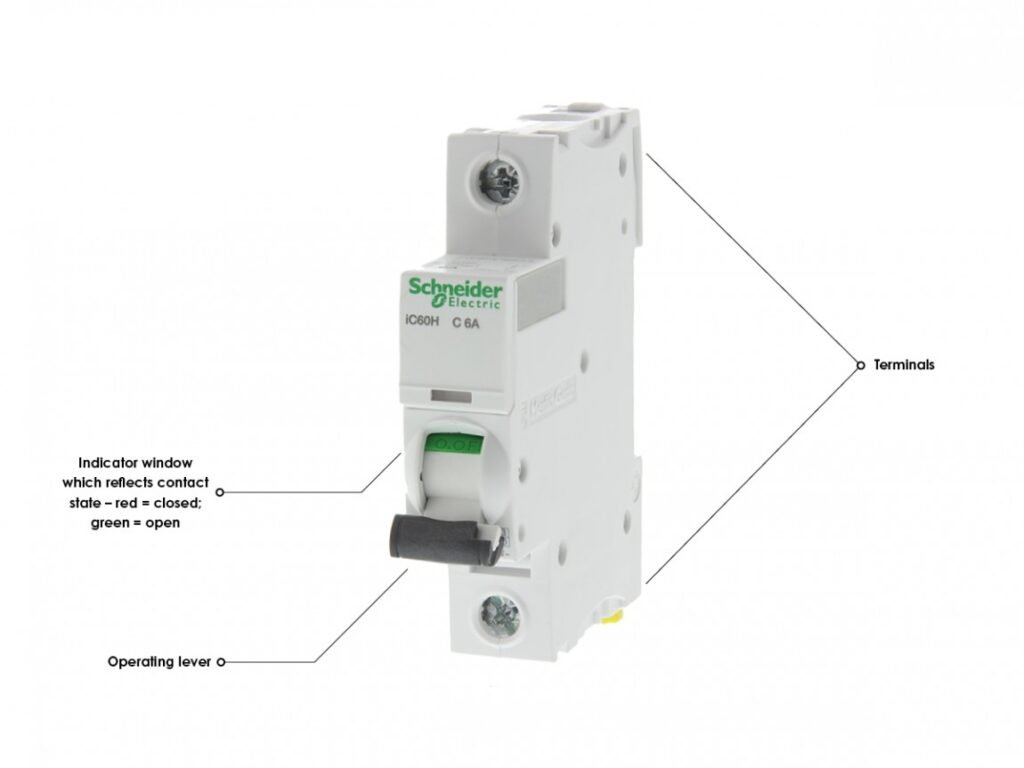

How Does a Miniature Circuit Breaker Work?
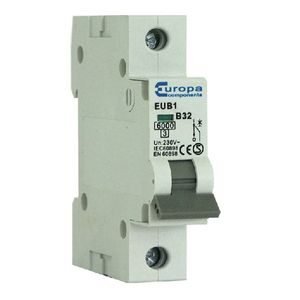
Also used for computers and electronic equipment with very low inrush loads (PLC wiring). The surge current levels in such cases are relatively low.
Functions of Type B MCB are protection and control of the circuits against overloads and short-circuits; protection for people and big length cables in TN and IT systems.
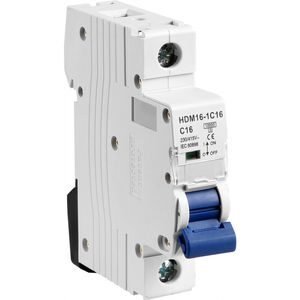
The connected loads are mainly inductive in nature (e.g. induction motors) or fluorescent lighting. Applications include small transformers, lighting, pilot devices, control circuits, and coils.
Functions of Type C MCB are protection and control of the circuits against overloads and short-circuits; protection for resistive and inductive loads with low inrush current.

D-curve devices are suitable for applications where high levels of inrush current are expected. The high magnetic trip point prevents nuisance tripping in high inductive applications such as motors, transformers, and power supplies.
Functions of Type D MCB are protection and control of the circuits against overloads and short-circuits; protection for circuits which supply loads with high inrush current at the circuit closing ( transformers, breakdown lamps).
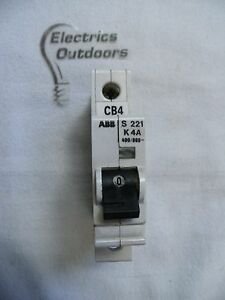
The K and D curve breakers are both designed for motor applications where ampacity rises quickly and momentarily during start-up.
Functions of Type K MCB are protection and control of the circuits like motors, transformer, and auxiliary circuits, against overloads and short-circuits.
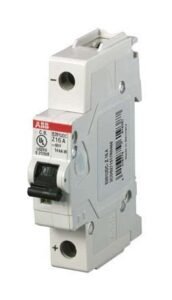
Functions of Type Z MCB are protection and control of the electronic circuits against weak and long duration overloads and short-circuits.
Do you Need Help With Electrical Maintenance?
Our electrical repair and service options are proudly offered to clients. Give us a call today to schedule a free service estimate!

